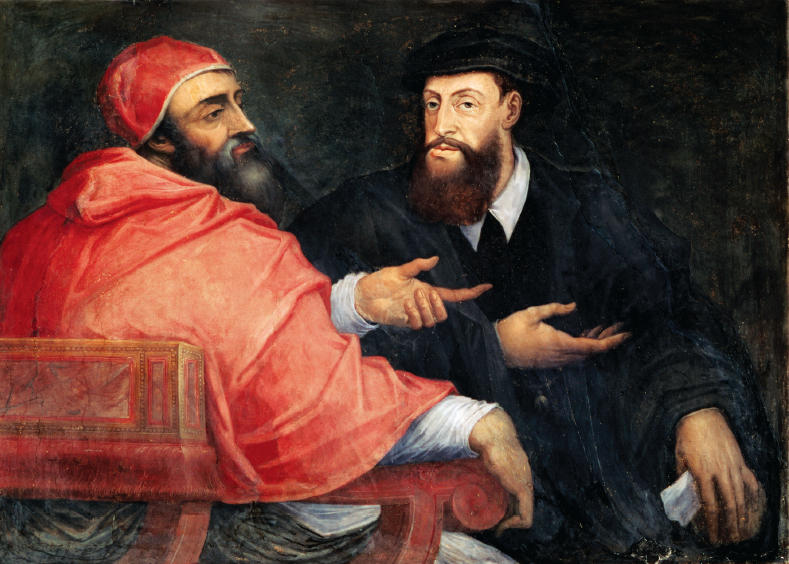How did the political situation in Germany shape the course of the Reformation?
AALTHOUGH CRITICISM OF THE CHURCH WAS WIDESPREAD in Europe in the early sixteenth century, reform movements could be squelched more easily by the strong central governments that had evolved in Spain and France. England, too, had a strong monarchy, but the king broke from the Catholic Church for other reasons (see page 393). The Holy Roman Empire, in contrast, included hundreds of largely independent states. Against this background of decentralization and strong local power, Martin Luther had launched a movement to reform the church. Two years after he published the “Ninety-
